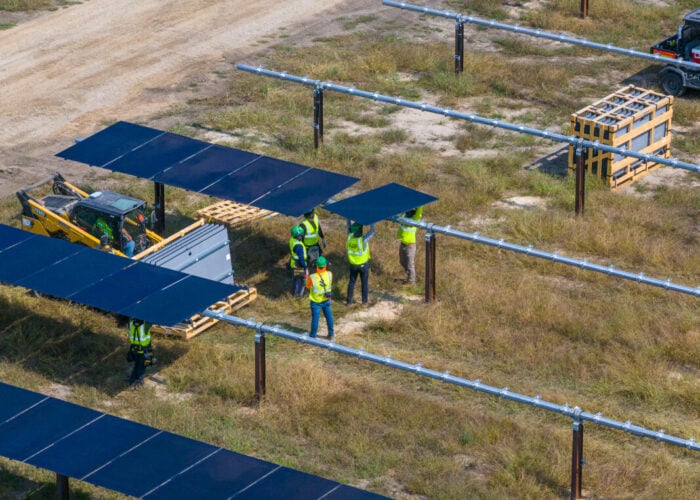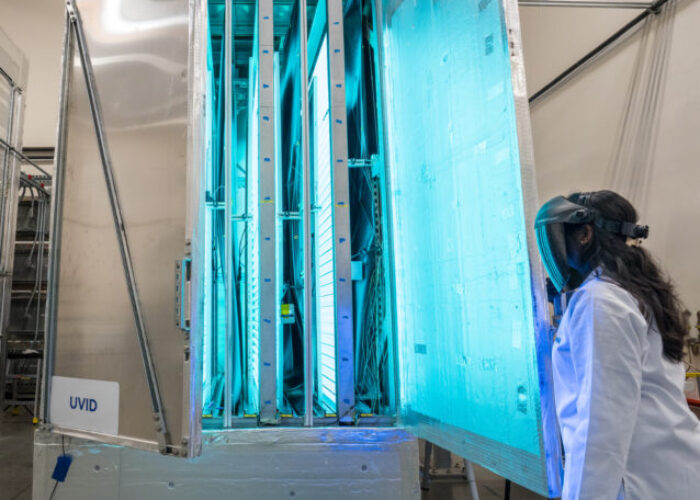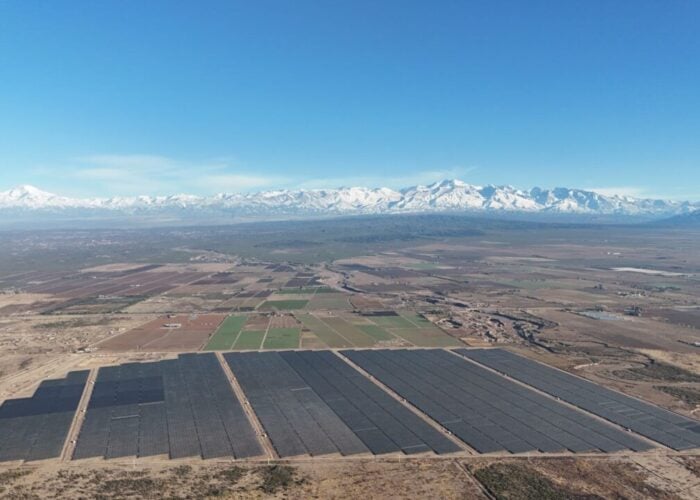Product Briefing Outline: Manz Automation has developed the OneStep selective emitter (SE) system for crystalline silicon solar cells. Among competing SE processes, the laser process consists of only one single process step, without any consumable usage. Investment payback is said to be less than one year, while the small footprint allows easy retrofit of existing production lines. The tool is claimed to enable cell efficiency gains of up to 0.5%.
Problem: One of the most prominent goals in the production of crystalline silicon solar cells is the reduction of the specific production cost per watt. One means of raising efficiencies is the incorporation of a selective emitter cell structure into industrial solar cell production, as it can increase solar cell efficiency due to enhanced blue light response, leading to higher short circuit current Jsc, and a reduced emitter saturation current density Joe, boosting the open circuit voltage Voc.
Try Premium for just $1
- Full premium access for the first month at only $1
- Converts to an annual rate after 30 days unless cancelled
- Cancel anytime during the trial period
Premium Benefits
- Expert industry analysis and interviews
- Digital access to PV Tech Power journal
- Exclusive event discounts
Or get the full Premium subscription right away
Or continue reading this article for free
Solution: The OneStep system features one single additional process step, when compared with standard crystalline silicon solar cell production. This step is introduced between emitter diffusion and phosphorous glass (PSG) etch. Pulsed laser irradiation locally scans the wafer surface, forming highly-doped areas by local liquid-state diffusion of phosphorous from the PSG layer. After anti-reflection coating, the metallization grid is deposited on top of the highly doped areas. The local doping leads to a reduction of the specific contact resistance from silicon to metal, thus allowing for the use of lowly doped emitters with high sheet resistance.
Applications: c-Si production applying n-type emitters and front-side metallization as well as existing lines (retrofit).
Platform: Throughput: 1200 or 2400 wafers per hour (configurable); accuracy: ±10µm.
Footprint (including automation): 4.7 x 2.7m2. Fully automated and compatible with all established carriers. Efficiency gain up to 0.5% absolute.
Availability: Currently available.






